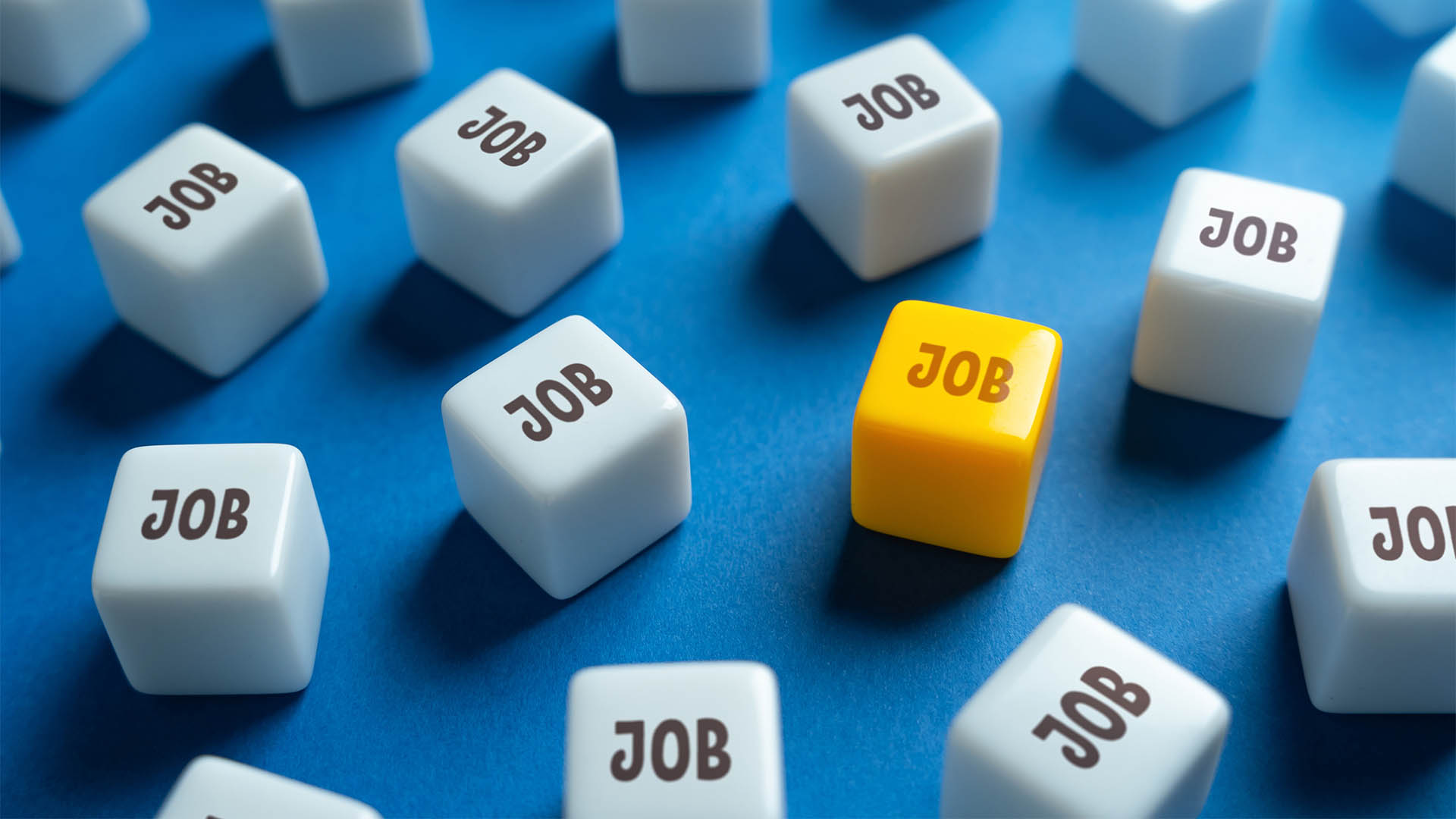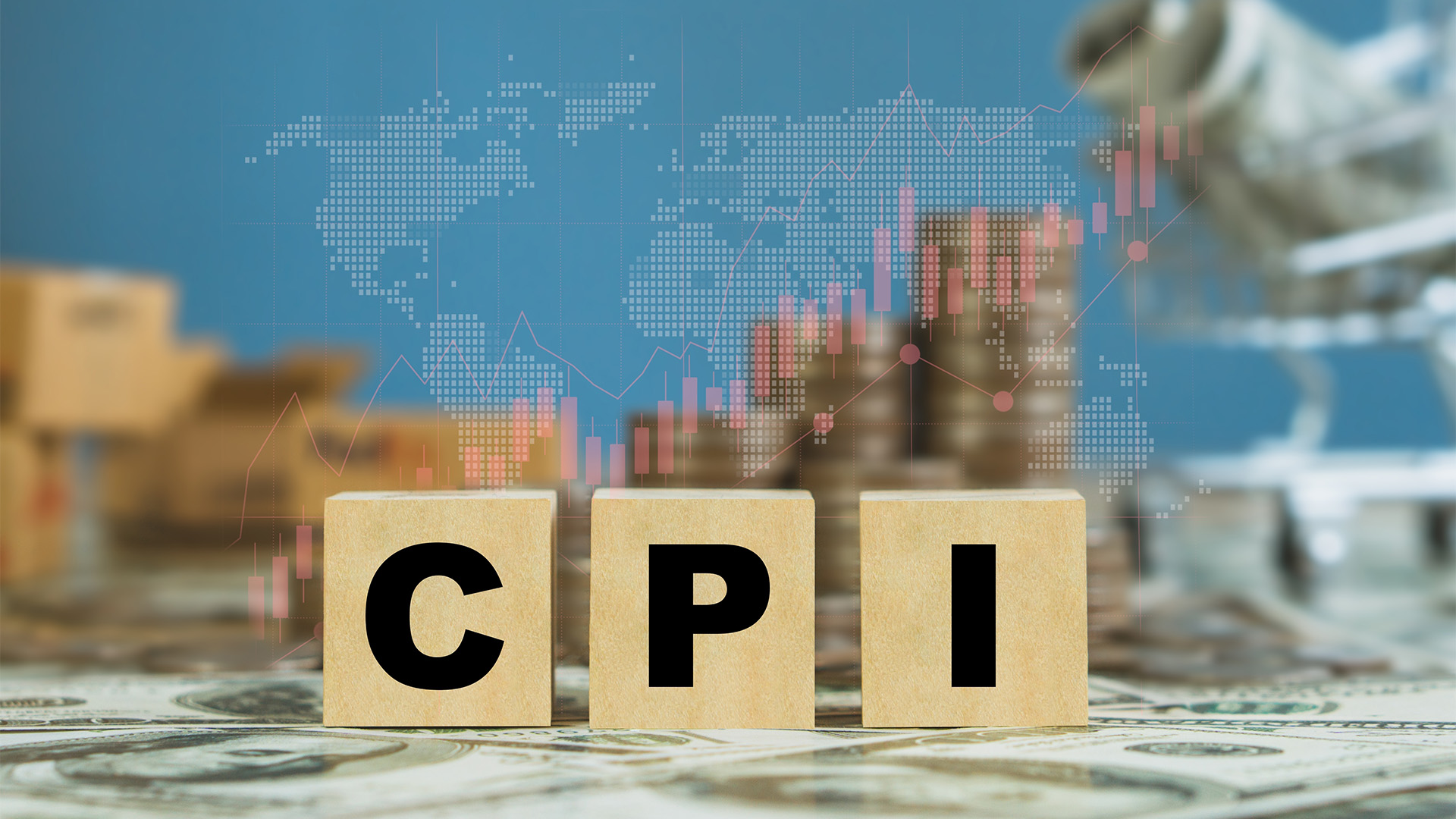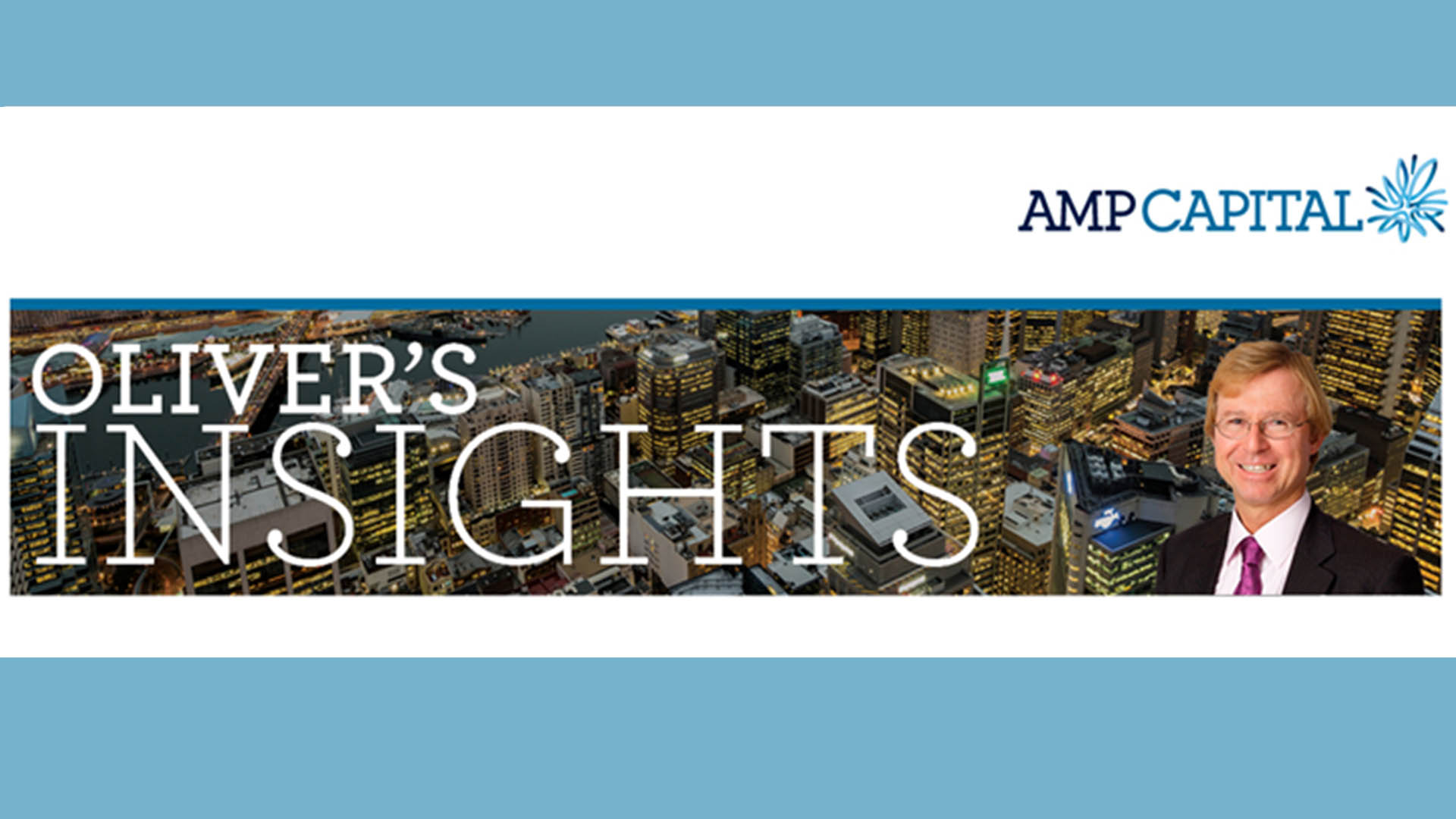Crunch week for the Australian economy on Tuesday and Wednesday as we leave the fantasy world of last week’s jobs and skills summit behind us and return to the realities of another interest rate rise, economic growth for the June quarter and 2021-22 and a few odds and sods of local data.
As worthy as the jobs and skills confab was, it was lacking someone to give a hard-edged explanation of the economy’s current position, its weaknesses and the continuing strength of our trade account and exporters like lithium, coal, copper, gold and iron ore companies.
Global economic forecasts keep on being revised down – Moody’s was the latest late last week – at some stage that weakness will impinge on demand for our key commodities.
The gloomier forecasts are based on rising interest rates, which have tightened global financial conditions, and the effects of Russia’s invasion of Ukraine on global commodity prices and Covid, especially in China.
“Global monetary and financial conditions will remain fairly restrictive through 2023,” Moody’s said in last week’s report.
“Central banks will require decisive proof that high inflation no longer poses a threat to their policy objectives before letting up on their tight monetary stance.”
“The challenging global economic environment of today will be resolved with a sharp and disinflationary slowdown in economic growth.
Still the RBA is expected to lift rates by another half a per cent tomorrow by economists – there’s the odd one who thinks the rise could be three quarters of a per cent but that’s the style of the Fed, not our central bank.
And on Wednesday GDP and the national accounts will show another quarter of growth and an annual rate for the 2021-22 financial year of about 3.3% which will be the economic baseline for the October budget from the Albanese government.
Most forecasts are a bit lower than the 3.5% estimate from the RBA in its August Statement on Monetary Policy.
The background for the RBA meeting could justify a serious look at a rise of 0.75% if the bank was very worried about inflation which is still expected to peak later this year between 7.5% and 8%.
The unemployment rate fell in July, reaching 3.4%. Job vacancies remained strong (and are virtually one for every unemployed person) and retail turnover in July posted its largest month – on-month gain in four months, a sign to the RBA and market that consumer demand remains solid – though much of the rise is due to inflationary price rises, especially fruit and vegetables.
Those rises have started coming off rapidly in the past three weeks ands we could get to the end of the Consumer Price Index data collection period at the end of September, with many of these prices back to levels before the floods, rain and Russian invasion sent prices soaring.
Wheat prices are down a third, but we have yet to see bread, pastry, pasta and other prices falling in response (we will never see that happen).
Petrol prices have fallen back and even though they will rise when the 22-cent halving in the excise rate is reversed on September 22, prices will not rise the full whack because volumes are down as drivers use and buy less fuel.
As such, a strong, 50-basis point hike look the most likely move from the RBA.
This will take the cash rate to 2.35%, putting it on track to end the year at 3%.
RBA Governor, Philip Lowe has a major speech on Thursday in which he will elaborate on his post meeting statement tomorrow.
AMP Chief Economist Shane Oliver wrote at the weekend that he thinks the RBA’s rate guidance “will probably remain hawkish signalling further tightening ahead.”
“But given its recent comments that it is “not on a pre-set path” and that it is aiming to return inflation to target “while keeping the economy on an even keel” Governor Lowe may signal in the post meeting statement or in a speech on Thursday on the “Inflation and the Monetary Policy Framework” a possible slowing in the pace of hikes ahead given the increasing downside risks for the economy.”
“We still see the peak in the cash rate being 2.6% later this year or early next but given the ongoing strength in jobs and spending data there is an increasing risk that the RBA will tighten beyond this.”
Governor Lowe’s speech will be watched closely for clues on the monetary policy outlook and how big a risk the RBA is prepared to take on the growth and employment fronts in pursuing its inflation objective.
…………
That’s Tuesday; the next day sees the June quarter and 2021-22 national accounts and economic data growth figures released.
Most estimates for GDP put the quarter-on-quarter rise around 0.7% to 0.9% for an annual rate of 3.2% to 3.4% which is quite strong for Australia at the best of times.
Shane Oliver sees 0.7% quarter on quarter growth and 3.3% for the year (subject to any revisions of previous data), the National Australia Bank’s economics team thinks 0.7% quarter on quarter and 3.2% as well.
Dr Oliver sees growth being driven by strong contributions from net exports and consumer spending but weakness in housing and inventories. The NAB sees a solid outcome for household spending, “In part driven by a rebound from a COVID impacted Q1, while retail sales volumes rose by a healthy 1.4% in the quarter.”
“Partials on the investment side point to a notable fall in dwelling investment, likely the result of weather and supply-related disruptions. For business investment, buildings & structures spending looks to have fallen slightly while investment in machinery & equipment made a small gain.
“Overall, we expect private sector investment to detract around 0.3ppt from growth. Net exports are expected to make a solid contribution after strong growth in imports weighed in Q1 while government spending is expected to remain solid,” the NAB wrote.
To feed into the GDP and National Accounts data there’s business indicators later today and tomorrow government finance figures and the current account for the June quarter which will be the key input.
There’s also the final retail sales figures for July today, the trade account data for July on Thursday and weekly payrolls and wages data and monthly business turnover indicators.
Dr Oliver sees the trade surplus for July easing back to a still very high $15 billion from June’s record $17.67 billion.













